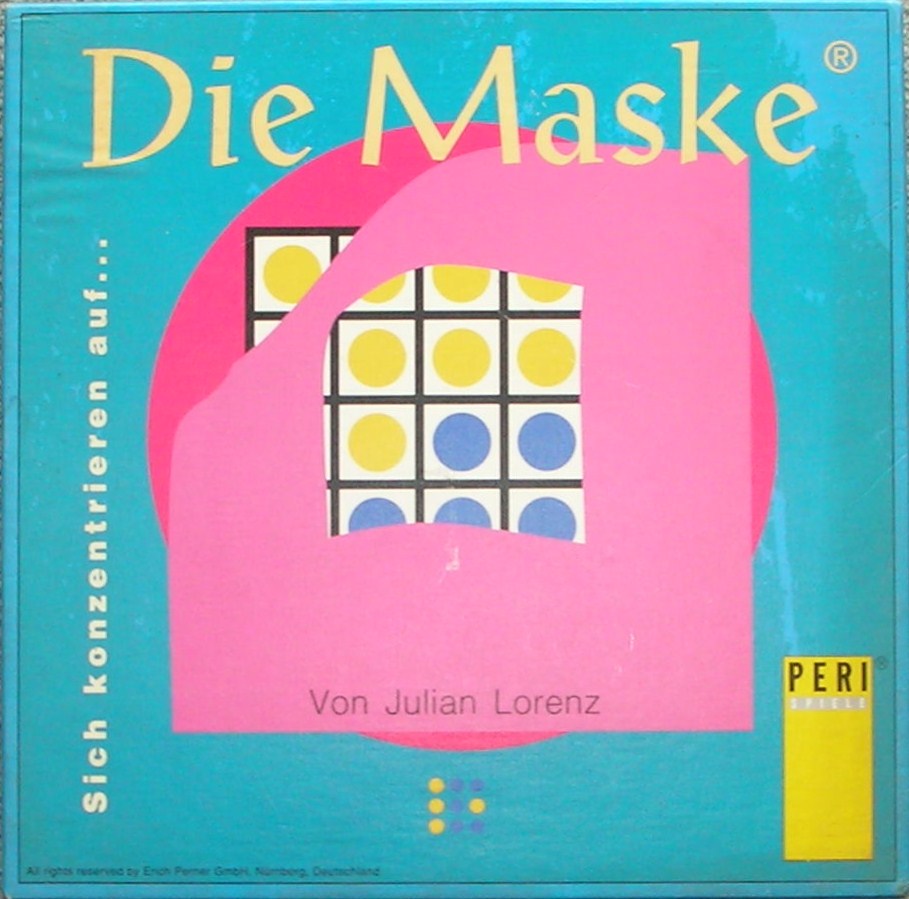Algorithmic Trading
Julian Lorenz

Optimal Execution of Portfolio Transactions
|
|
|
|
|
Competitive Search and Pricing of Lookback Options
- J. Lorenz, K. Panagiotou A. Steger: Optimal Algorithms for k-Search with Application in Option Pricing. Proceedings of the 15th Annual European Symposium on Algorithms (ESA), 2007.
- In the k-search problem, a player is searching for the k highest (respectively, lowest) prices in a sequence, which is revealed to her sequentially. At each quotation, the player has to decide immediately whether to accept the price or not. Using the competitive ratio as a performance measure, we give optimal deterministic and randomized algorithms for both the maximization and minimization problems, and discover that the problems behave substantially different in the worst-case. As an application of our results, we use these algorithms to price "lookback options'', a particular class of financial derivatives. We derive bounds for the price of these securities under a no-arbitrage assumption, and compare this to classical option pricing.
- J. Lorenz, K. Panagiotou A. Steger: Optimal Algorithms for k-Search with Application in Option Pricing. Algorithmica, October 2009, Volume 55, Issue 2, pp 311-328
Other Papers
- J. Lorenz, M. Marciniszyn, A. Steger: Observational Learning in Random Networks. Proceedings of the 20th Annual Conference on Learning Theory (COLT), 2007. (Full version)
In the standard model of observational learning, n agents sequentially decide between two alternatives a or b, one of which is objectively superior. Their choice is based on a stochastic private signal and the decisions of others. Assuming a rational behavior, it is known that informational cascades arise, which cause an overwhelming fraction of the population to make the same choice, either correct or false. If agents are able to observe the actions of all predecessors, false informational cascades are quite likely. In a more realistic setting, agents observe just a subset of their predecessors, modeled by a random network of acquaintanceships. We show that the probability of false informational cascades depends on the edge probability p of the underlying network. If p=p(n) is a sequence that decreases with n, correct cascades emerge almost surely (provided the decay of p is not too fast), benefiting the entire population.
- Nicla Bernasconi, J. Lorenz, R. Spoehel: Hand Development in the von Neumann and Newman Poker Models. Discrete Mathematics 311(21), 2337-2345, 2011.
The von Neumann and Newman poker models are simplifed two-person poker models with Uniform(0,1)-hands. We analyze a simple extension of both models that introduces an element of uncertainty about the final strength of each player's own hand, as is present in real poker games. Whenever a showdown occurs, an unfair coin with fixed bias q is tossed. With probability 1-q, the higher hand value wins as usual, but with the remaining probability q, the lower hand wins. Both models favour the frst player for q=0 and are fair for q=1/2. Our somewhat surprising result is that the first player's expected payoff increases with q as long as q is not too large. That is, the first player can exploit the additional uncertainty introduced by the coin toss and extract even more value from his opponent.
- A. Ruffing, J. Lorenz, K. Ziegler: Difference Ladder Operators for a Harmonic Schroedinger Oscillator Using Unitary Linear Lattices. Journal of Comp. and Appl. Mathematics 153(1-2):395-410, 2003.
- Joerg Osterrieder, Martin Strika, J. Lorenz: Bitcoin and Cryptocurrencies - Not for the Faint-Hearted.
Cryptocurrencies became popular with the emergence of Bitcoin and have shown an unprecedented growth over the last few years. We provide both a statistical analysis as well as an extreme value analysis of the returns of the most important cryptocurrencies. Our findings show that cryptocurrencies exhibit strong non-normal characteristics, large tail dependencies, depending on the particular cryptocurrencies and heavy tails.
Presentations
- Keynote lecture at the Algorithmic Trading Conference in London, April 7th 2008: Adaptive Arrival Price
- Mittagsseminar ETH Zurich, December 2007: Optimal Adaptive Execution of Portfolio Transactions.
- European Symposium on Algorithms (ESA '07), Eilat/Israel, October 2007: Optimal Algorithms for k-Search with Application in Option Pricing
- Conference on Learning Theory (COLT'07), San Diego, June 2007: Observational Learning in Random Networks
- Doktorandenworkshop Recent Developments in Financial and Actuarial Mathematics, ETH Zuerich Nov 2005: Portfolio optimization and optimal execution
PhD Thesis
- PhD thesis: "Optimal Trading Algorithms: Portfolio Transactions, Multiperiod Portfolio Selection, and Competitive Online Search"
Google Scholar
- My publications on Google Scholar.
Odds and Ends
- Julian Lorenz: Die Maske, Peri, 1993. Board Game

|
|
|
|
|
|
|
|
